Anoplolepis gracilipes
199,90 zł – 819,90 zł
Worldwide shipping
Free delivery over 999 PLN
The highest quality of goods
Live delivery guarantee
24/7 Personal Support
Fair Prices
Description
The “yellow crazy ant” is a fast-developing species with a polygynous colony type. With a colony size of up to 500,000, the queen measures 9-11mm in size while the workers measure 4-5mm. The ants have predominantly yellow coloration, while their diet consists of food insects and syrup.
Additional information
| Behavior | |
|---|---|
| Difficulty in breeding | |
| Origin | |
| The size of ants | |
| Wintering |
Anoplolepis gracilipes – Yellow Crazy Ant (YCA)
The Anoplolepis gracilipes, commonly known as the Yellow Crazy Ant (YCA), is a fascinating species of ant that displays unique characteristics and behaviors. In this product description, we will delve into the details of this ant, including its colony type, size, color, nutrition, development speed, and recommended breeding nests.
Colony Details
- Colony Type: Polygyny
- Colony Size: Up to about 500 000 workers
- Development Rate: Crazy fast
One of the standout features of the Yellow Crazy Ant is its rapid development speed. These ants are known for their ability to establish new colonies quickly, making them highly adaptable and resilient. With their efficient and speedy growth, they can expand their territories and establish “supercolonies” that surpass the typical colony count.
Size and Color
- Queen: 10-11 mm
- Workers: 4-5 mm
In terms of coloration, the workers predominantly have a yellow hue, while the queens display a yellowish-brown shade.
Nutrition
- Food insects (such as cockroaches and crickets)
- Syrup (a mixture of water and honey, with a ratio of 4:1)
- Fruits and vegetables
- Jelly
- Cooked chicken without salt
- Honey
Providing a mix of protein, sugars, and other nutrients will ensure optimal health for the colony.
Arena Humidity and Temperature
- Humidity: Arena: 50-70%, Nest: 70-90%
- Temperature: Arena: 24-30 °C, Nest: 22-27 °C
Achieving suitable conditions for the ants encourages their natural behaviors and ensures their successful breeding and development.
Recommended Nests
When it comes to breeding the Yellow Crazy Ant, various nest materials can be used. Acrylic, gypsum, aerated concrete, and natural materials are all suitable options for creating ideal habitats for these ants. Each type of nest material has its own advantages and can be selected based on personal preferences and the ant keeper’s specific requirements.
If you’re interested in learning more about ants and ant keeping, visit AntonTop’s ant category for a wide range of ant-related products and resources.
Unlock the Intrigue of Anoplolepis gracilipes – Yellow Crazy Ants
The Yellow Crazy Ant, scientifically known as Anoplolepis gracilipes, offers enthusiasts a captivating and dynamic ant-keeping experience. Whether you are a seasoned ant keeper or new to the world of ant keeping, these fascinating creatures are sure to captivate you with their unique characteristics and behaviors.
Experience the thrill of witnessing the rapid growth and expansion of the Yellow Crazy Ant colonies. Observe the intricate social interactions among the multiple queens and the massive worker population as they navigate their surroundings with precision and agility. Witness their distinct colorations, with the workers showcasing a vibrant yellow hue and the queens displaying a captivating yellowish-brown shade.
Providing a suitable environment is key to ensuring the well-being and prosperity of the Yellow Crazy Ant. Maintain humidity levels between 50-70% in the arena and 70-90% in the nests to create the ideal conditions for these ants to thrive. Monitor the temperature closely within the recommended ranges of 24-30 °C for the arena and 22-27 °C for the nests. Consistently providing the optimal environment plays a critical role in supporting their breeding, development, and overall success.
When it comes to nutrition, the Yellow Crazy Ants have diverse dietary preferences. Offer them a balanced diet that includes food insects such as cockroaches and crickets, which are excellent sources of protein. Supplement their diet with syrup made from water and honey in a ratio of 4:1. Additionally, treat them to a variety of fruits, vegetables, jelly, and cooked chicken without salt to provide the necessary nutrients for their well-being.
Creating suitable habitats for the Yellow Crazy Ant is crucial for their flourishing. Choose from a range of recommended nest materials, including acrylic, gypsum, aerated concrete, and natural options. Each type of nest material provides unique advantages, allowing you to customize the environment based on your preferences and needs as an ant keeper.
Witness the remarkable developmental speed of the Yellow Crazy Ants as they establish new colonies swiftly. Experience the fascinating phenomenon of “supercolonies” surpassing standard colony counts. Delight in the marvel of their intricate societal organization, which showcases their intelligence and adaptability as a species.
Inspire curiosity and spark wonder with the Yellow Crazy Ants. Uncover the secrets of their polygynous colony type, where multiple queens exist harmoniously within the same colony. Be amazed by their sheer numbers, with colonies capable of housing up to 500,000 workers working collaboratively for the greater good of their community.
The Yellow Crazy Ants, also known as Anoplolepis gracilipes, provide an immersive and enthralling ant-keeping experience. Embrace the journey of understanding these remarkable ants and marvel at their unique characteristics and behaviors. Unlock the intrigue and embark on a mesmerizing adventure with the Yellow Crazy Ants.


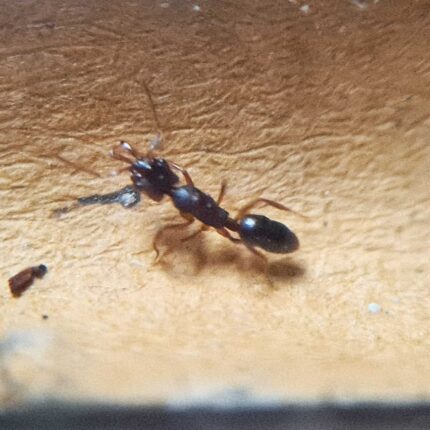
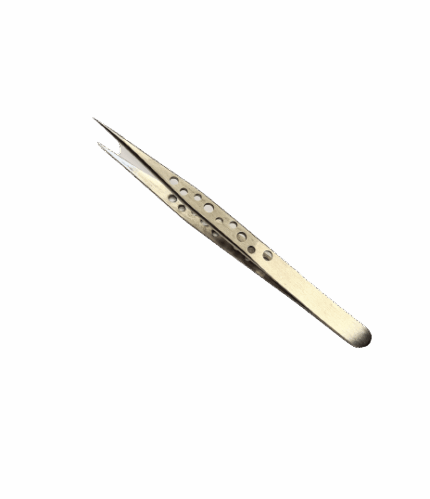
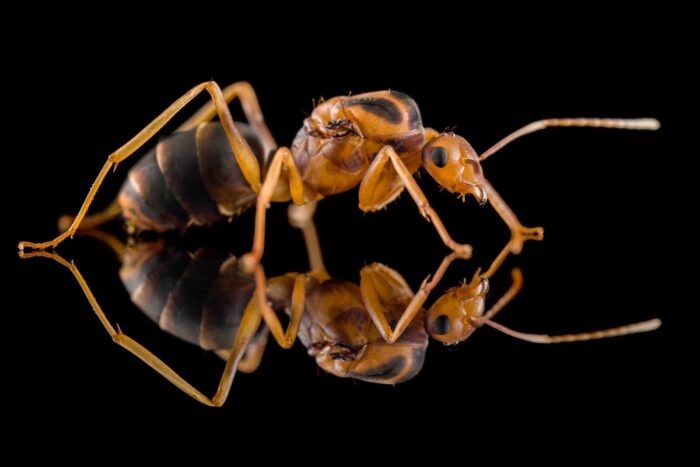


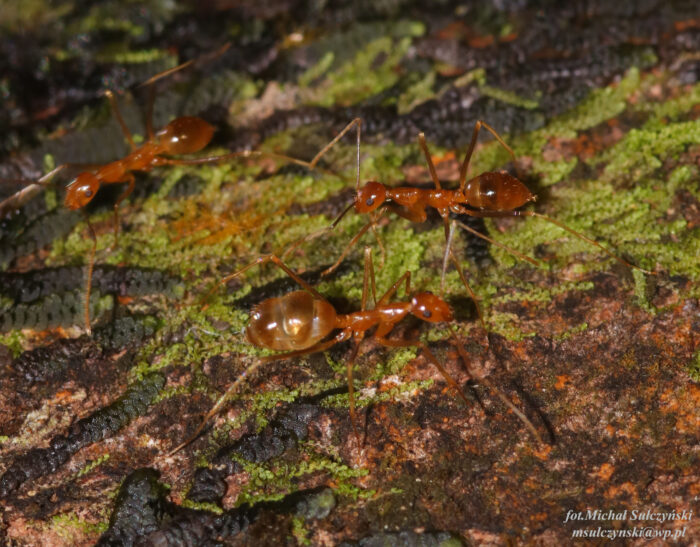

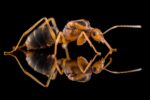



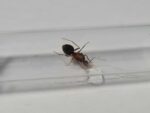
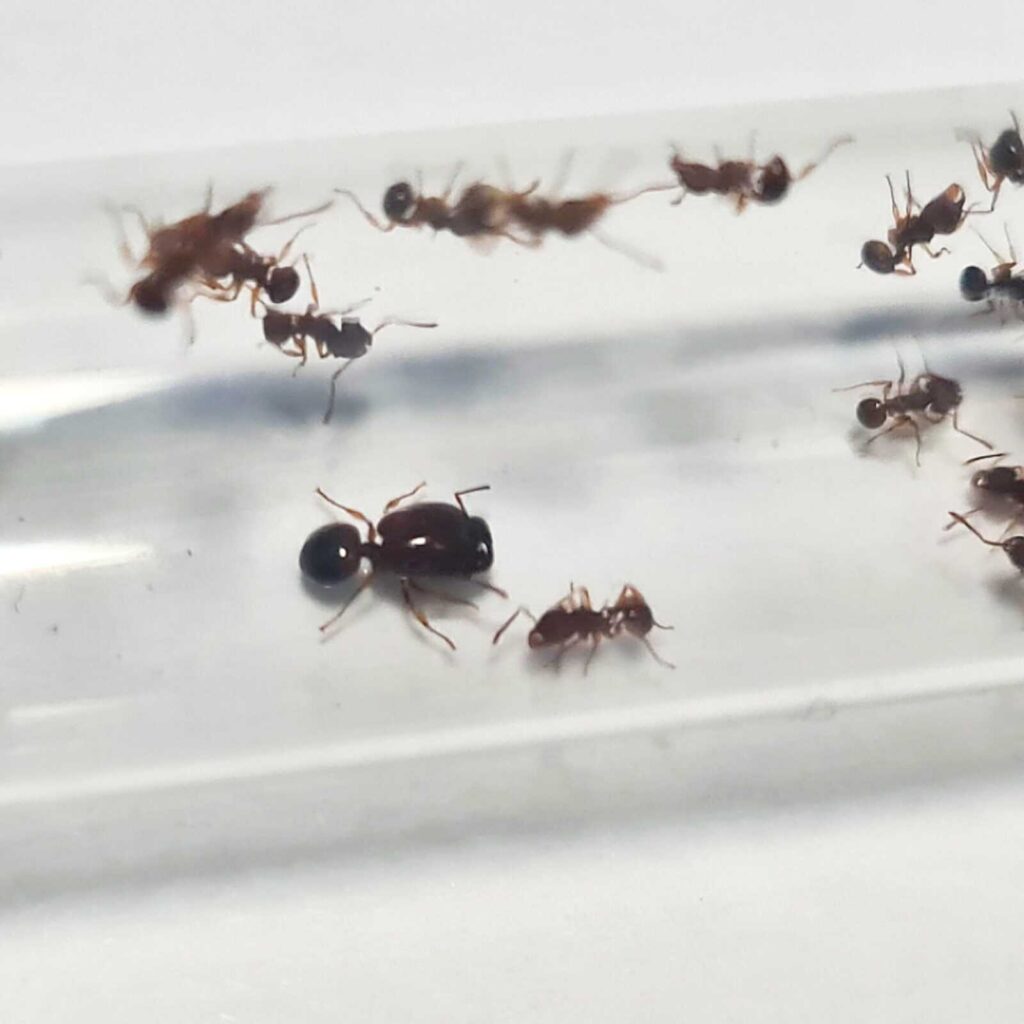
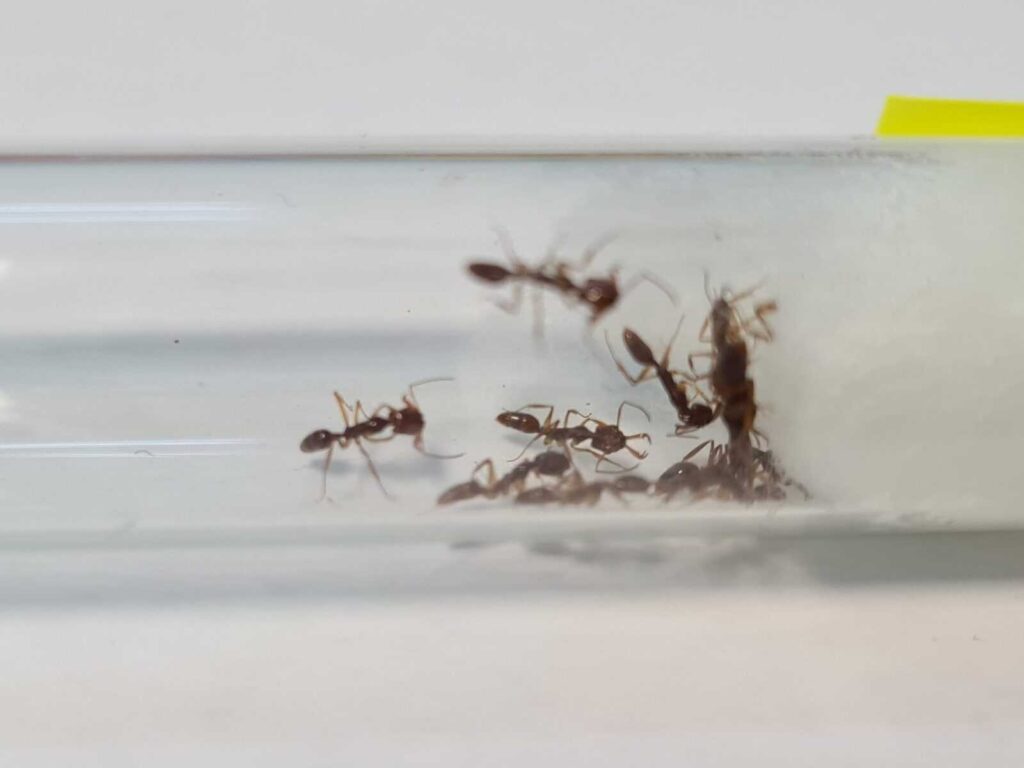
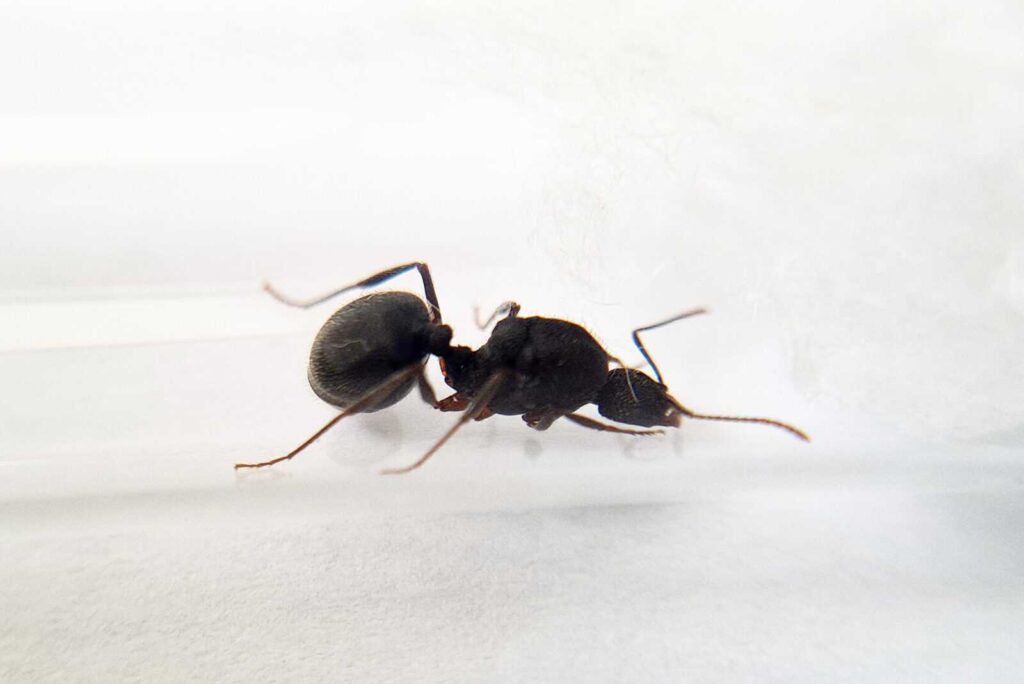
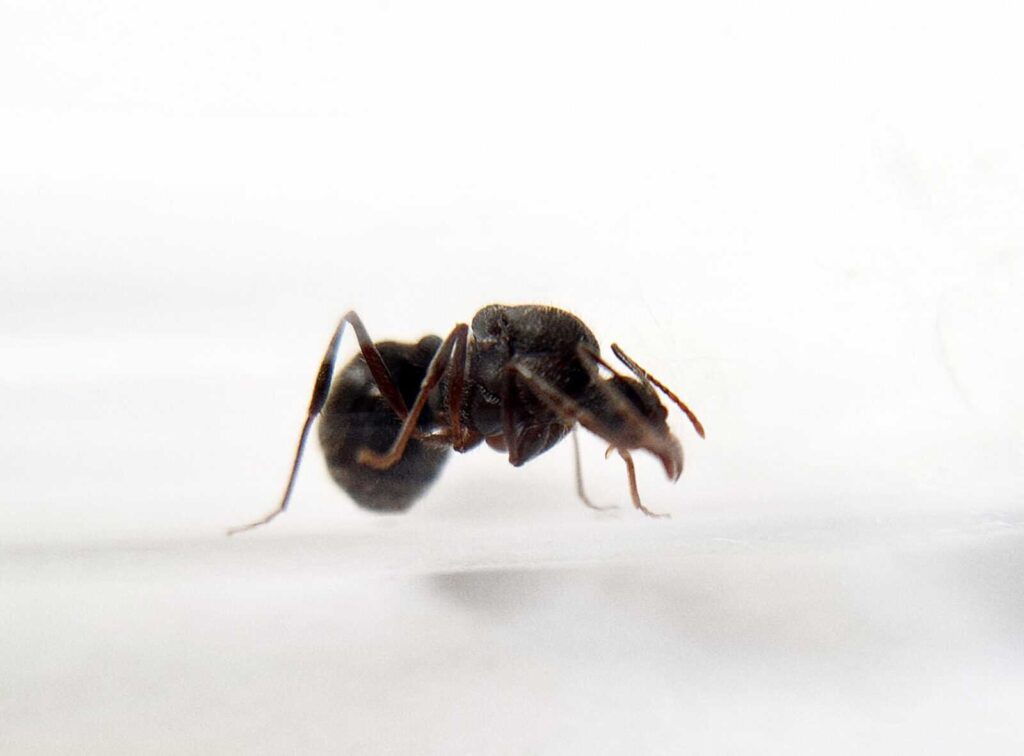

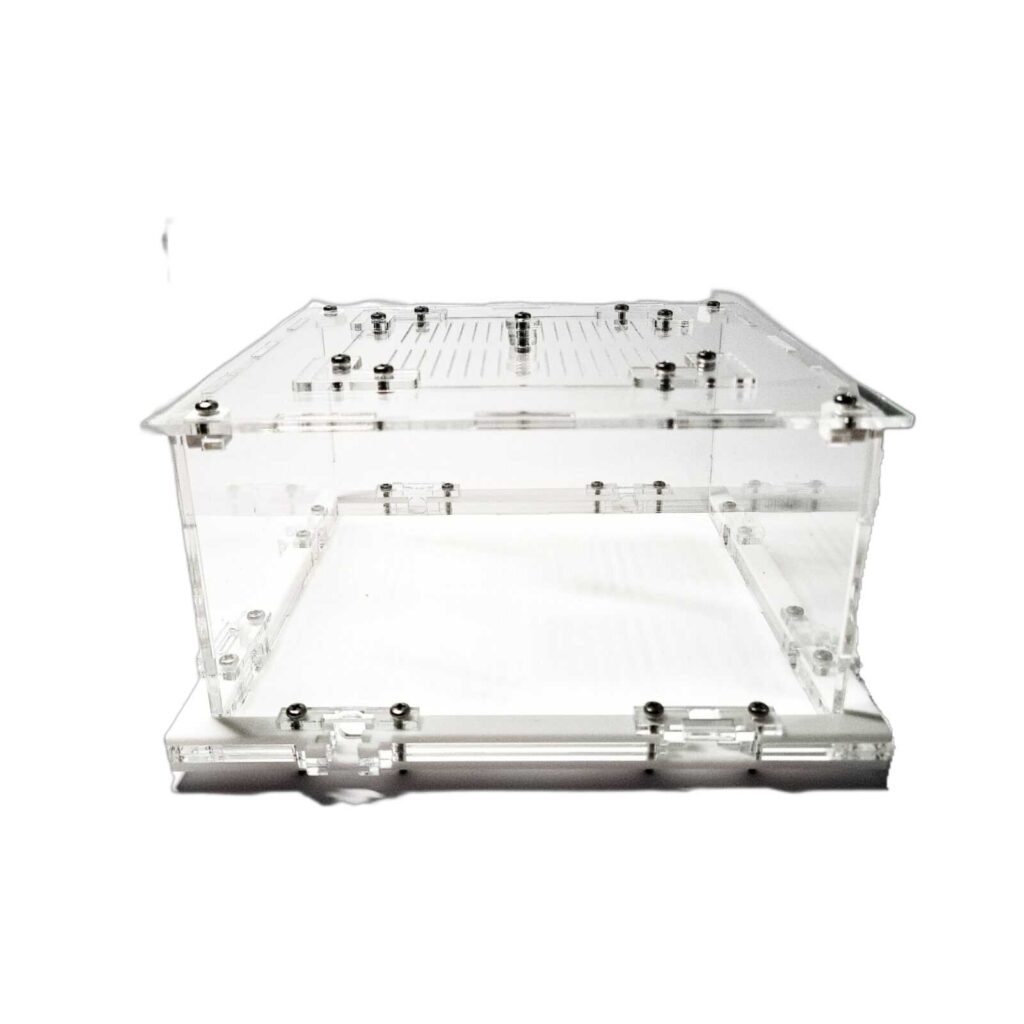
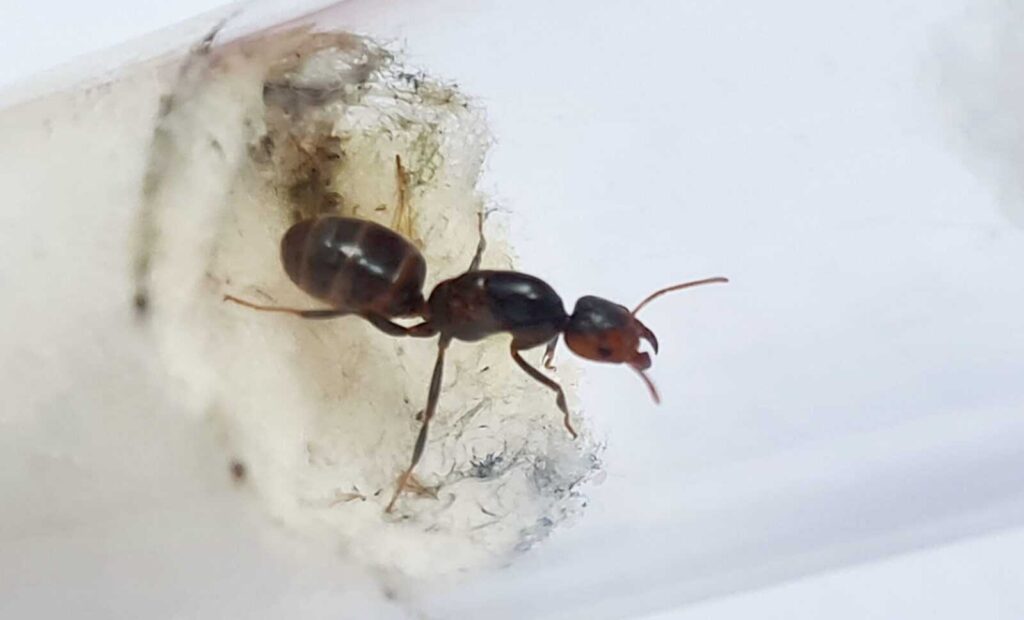
Mr. ADISON –
Amazing shop😀😄😃
Ordered colony with 2 queens… Got 3😇😇😇